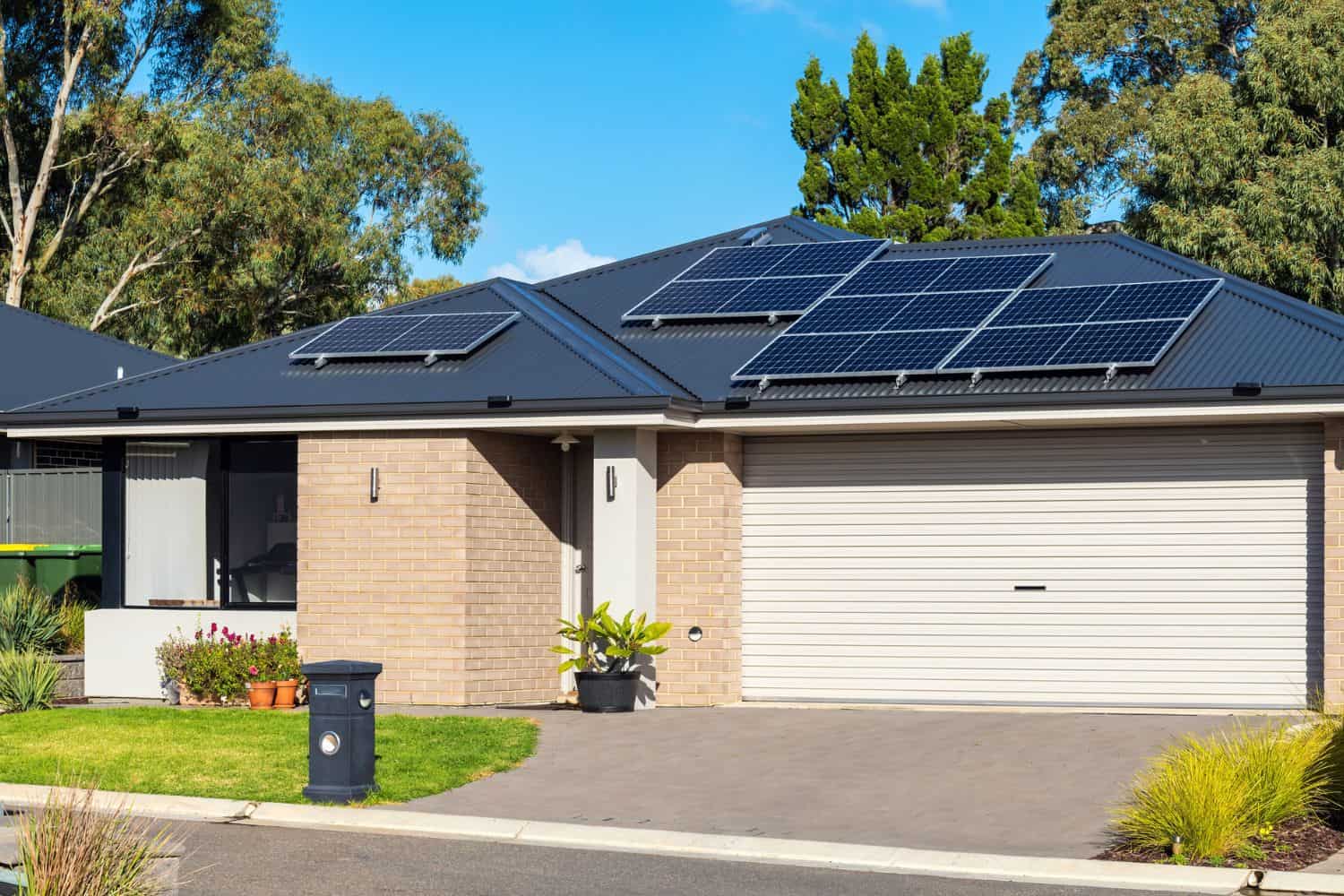With Eskom’s prices rising, having a solar system can be more cost-effective – but the systems are not cheap.
Rooftop solar installations in South Africa became popular at the height of load shedding, and one would think the demand would decrease now that the electricity cuts have stopped.
However, this is not the case – and the reason is the electricity tariff increases.
Data from Standard Bank’s LookSee home efficiency platform shows a notable rise in visits to its Solar Loan finance page.
The bank acknowledges that page visits do not reflect actual applications submitted, but it suggests that South Africans are considering rooftop solar as an alternative energy source to combat rising electricity costs.
ALSO READ: 200 days of no load shedding, but electricity price hike looming
Interest in rooftop solar
Marc du Plessis, executive head of LookSee, said they noticed interest in solar increasing in July as many municipalities rolled out their annual electricity tariff hikes.
“We continued to see a steady increase with additional spikes in interest following reports that Eskom was asking for another significant increase in electricity tariffs for 2025.”
The two factors saw renewed interest tripling the average number of visits from the first half of the year by September.
Banks help with household rooftop solar
He said the past 15 years have seen tariff increases far outpacing inflation and Eskom is now asking for a 36% increase for direct customers and a 43.5% increase for municipalities for 2025.
“These escalating prices are placing enormous strain on household budgets, and many are looking for ways to reduce their reliance on the grid.”
He noted that more banks have started offering help for households to acquire solar systems.
ALSO READ: Trade watchdog imposes 10% duty on solar panel imports to ‘protect local industry’
Challenge for solar industry
Du Plessis added that the challenge that is faced by the solar market is to develop offerings that are appealing and affordable to a broader segment of the market, enabling more families to benefit from the cost savings of solar power.
He stresses that developing offerings that are appealing and affordable must be done without compromising on the quality of components, as this directly impacts the efficiency and longevity of these systems.
“Moving forward, we expect residential interest to continue growing, especially as further electricity tariff hikes are approved.”
Installations are prohibitively expensive
Research by Sustainable Energy Africa suggested that the cost of solar panels decreased by more than 10% annually, while Eskom’s prices have constantly increased. This can be mean having a solar system is more cost-effective but the systems are not cheap.
Energy economist Lungile Mashele said the cost of solar installations is prohibitively expensive.
“Most people were taking out loans or making payments in excess of R100 000 just to afford the system. Others are tied into monthly contracts.”
“The cost of solar should not only be viewed through the lens of load shedding, but rather reducing your daytime electricity costs and meeting decarbonisation goals.”
NOW READ: City Power solar installations: How to make a compliant application
